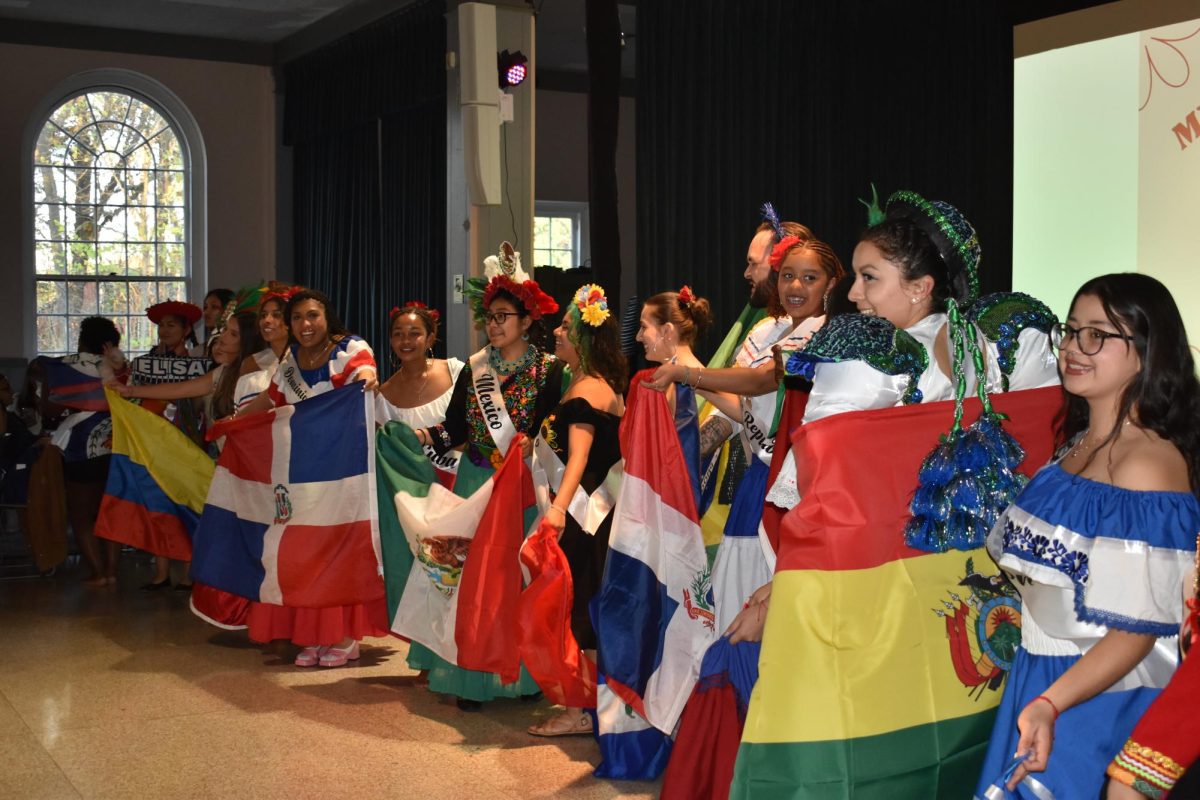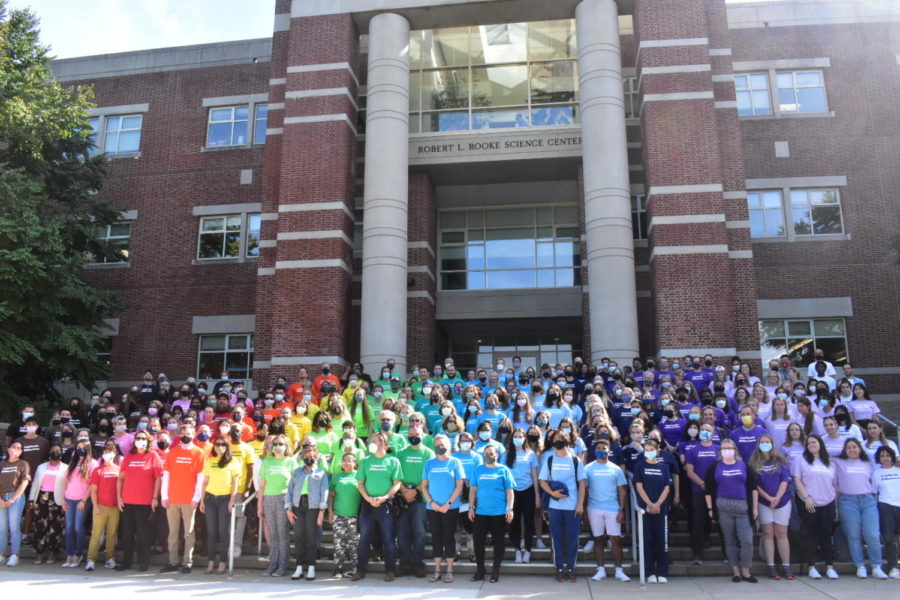Jonestown Speaker
Laura Crowley
Prior to the 9/11 attacks, the Jonestown massacre held the record as the deadliest massacre in American history, with 909 fatalities in 1978. Despite this fact, it has received almost no attention in comparison with other tragedies. On April 3, journalist and writer Julia Scheeres discussed her new book “A Thousand Lives: The Untold Story of Jonestown” in her talk “Narrating Jonestown and the Peoples Temple.” This lecture was part of the spring lecture series, Jonestown: Reconsidered, that sheds light onto the tragedy that is brought to the University by the the Griot Institute for Africana Studies.
The Jonestown Massacre resulted after religious leader, Jim Jones, hoaxed hundreds of his church members into moving to Jonestown, Guyana to volunteer their services to locals and to live in an idyllic socialistic society that would be free from the malignant forces of race, class, gender and so forth. The good-doers were soon in trouble, as their charismatic leader, Jim Jones descended into madness and drug addiction, according to Scheeres. The volunteers were prohibited from leaving the intentional community of Jonestown and tortured to the point at which they agreed to suicide.
Scheeres was moved to write her book due to several parallels she saw between her life and the Jonestown story. Scheeres, who grew up in Indiana not far from Jones’ church, was sent to reform school in the Dominican Republic along with her adopted African-American brother. Both Scheeres and her brother experienced what she described as physical and psychological punishment.
Like the survivors of Jonestown, Scheeres struggles with demons from the past. Now an adult, Scheeres has moved to Berkley, Calif. in an effort to seek progressive thinkers like herself. While writing her book, Scheeres sought out several victims and witnessed how each survivor grapples differently with his past. One victim named Stanley is now in a mental hospital because, according to Scheeres, his present life fails to satisfy him as he experience in Jonestown, in which he sought to live in perfect socialistic harmony, as the “heyday” of his life.
In her book, Scheeres retells the story of five of the victims of the massacre, in an effort to present a humanistic view of the massacre. According to Scheeres, this approach “felt good” as she was finally able “to give these people a voice,” people who, she stressed, were not unlike you and me. Too many accounts of the story, she said, focus on Jim Jones and ignore the viewpoint of the hundreds of victims. Unlike other authors of the massacre, Scheeres described Jones as “boring.”
Additionally, Scheeres holds that too many accounts of the massacre view the event as a “mass-suicide” when it was really a “mass-murder.” The victims of the massacre didn’t simply “drink the kool-aid” as most people would argue. Rather, they were subjected to physical and psychological torture until they were so worn down that they consented to suicide. The victims of this massacre, Scheeres said, were not victims of themselves or of convoluted utopian thinking, but were strictly victims of Jones.
While members of the cult suspected Jones may not have been of such reputable character prior to the massacre, the members of the church in Indiana would “dismiss the quirky things he said because he would do so many good things for community.”
“A Thousand Lives: The Untold Story of Jonestown” presents us with a tale of suffering, manipulation, race and tragedy. The lecture series will continue on April 10 with “A Response from Students in the Jonestown Class” in the Terrace room at 7 p.m. and on April 17 with a lecture titled “Jonestown: Yesterday and Today” at 7 p.m. in Hunt Formal. Stephan Jones, who is one of the children of Jim Jones, will host the latter event.






















